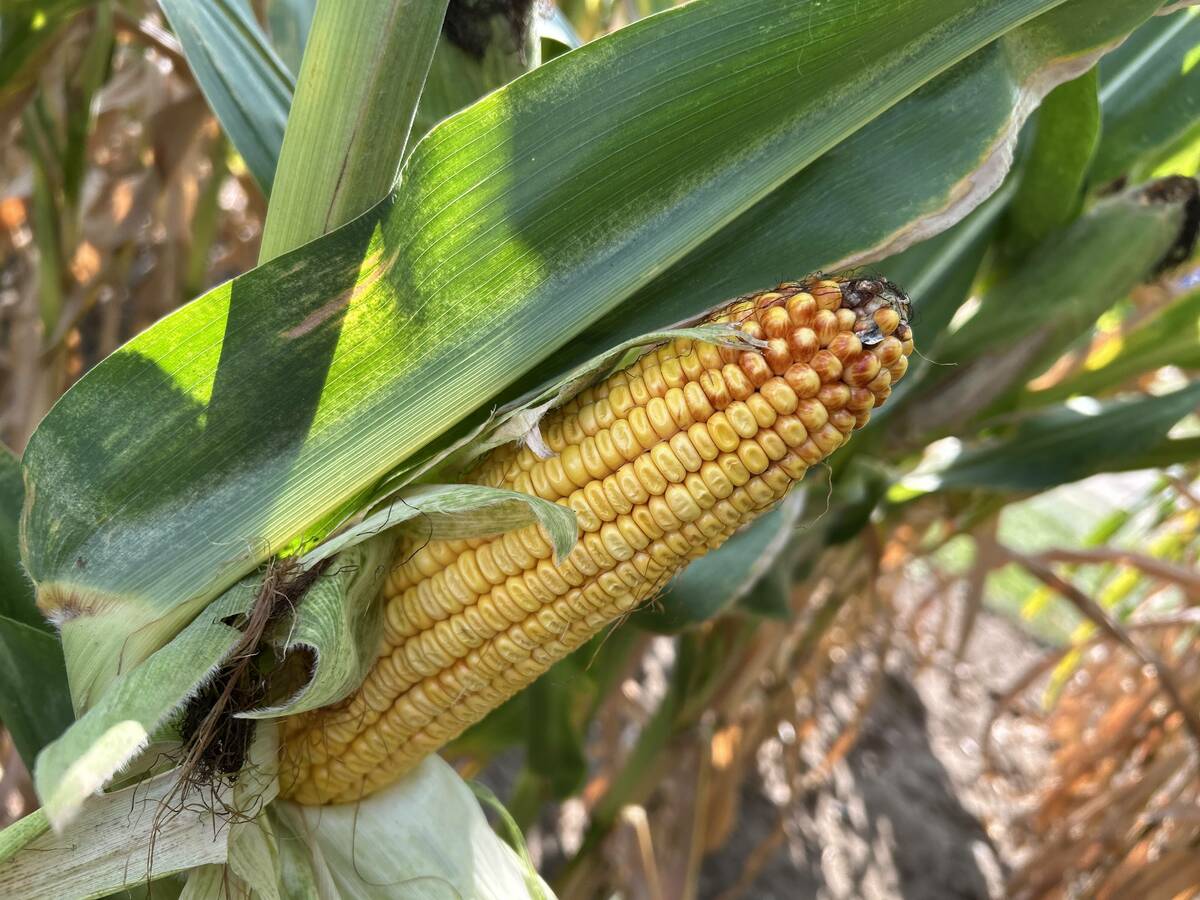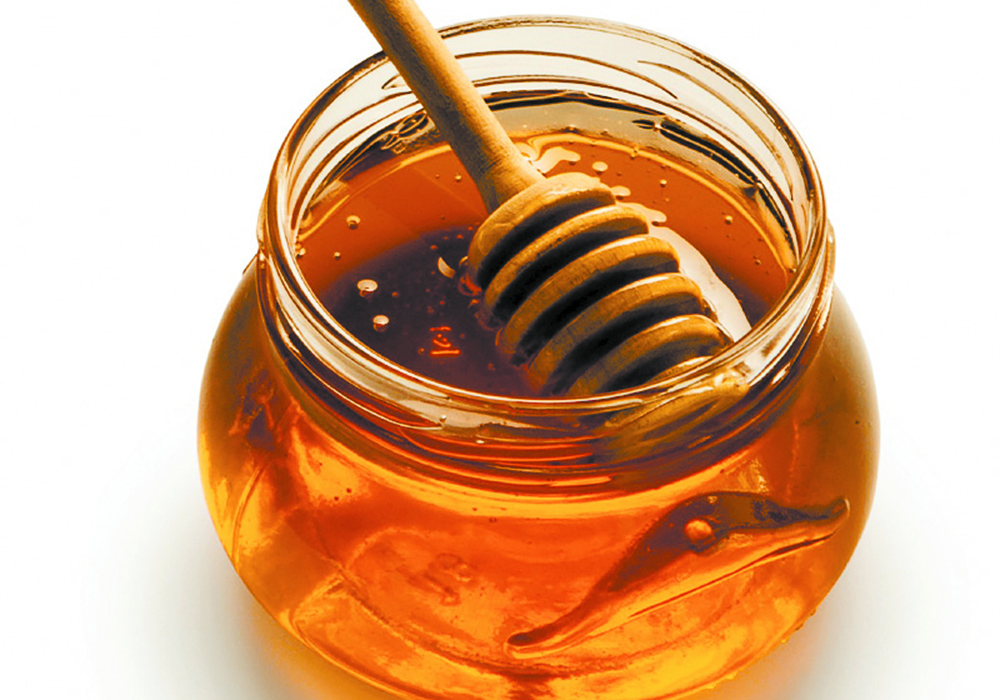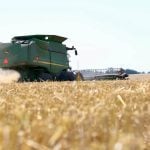Eighty-seven percent of honey samples in CFIA’s most recently reported testing was authentic, up from 78 percent a year earlier
Fake honey remains a massive problem for beekeepers around the globe.
But recent data shows the amount of fake honey imported or sold within Canada is on the decline.
Fake honey is made by adding corn syrup, rice syrup or another sweetener to genuine honey.
Between April 2019 and March 2020, the Canadian Food Inspection Agency tested 275 samples of imported and domestic honey. About half of the tests were retail samples, and the other half were samples from imports and domestic honey packers.
Agency scientists found 87 percent was authentic honey — an improvement from 78 percent the previous year.
Read Also

Crop estimates show mixed results
Model-based estimates used by Statistics Canada showed the 2025/26 crop year has seen increases in canola, corn for grain, oats and lentils production while seeing dips in spring wheat, durum wheat, soybeans and barley in comparison to 2024/25.
“The CFIA took appropriate enforcement action on the honey that contained added sugars, preventing more than 83,000 kg of adulterated honey from being sold in the Canadian market,” the agency said in a statement.
From 2016-19, honey prices were poor in Canada, with producers receiving $1.25 to $1.60 per pound.
A study from Apimondia, a global forum for beekeepers, said the soft prices during this period (and in 2020) were bizarre.
“The observed steady and dramatic collapse of honey prices defies the laws of economics,” says the report, prepared by the Apimondia Regional Commission of the Americas.
“In a context where the demand for honey has increased, the cost of production of authentic honey has increased and the productivity per hive has decreased, the prices of honey to beekeepers should have steadily and significantly risen. This did not happen.”
The report shows that, over the last decade, major honey exporters like Canada, Argentina, Brazil and Mexico increased exports by 6.5 percent.
Meanwhile, on the other side of the world, nations like China, India, Vietnam and Taiwan increased exports by 96 percent. That makes little sense because it’s difficult to boost bee colony numbers and honey production in a year or two.
It suggests those nations are producing fake honey or exporting honey-like products originally produced in China.
The jump in “dubious” honey exports from Asian nations distorted prices in Western Canada and elsewhere, the Apimondia report said.
In 2019, the feds announced a five-year, $24.4 million program to crack down on food fraud, like fake honey.
The CFIA dedicated an additional 14 employees to work on the initiative in 2019-20. By 2024, 29 employees will be working on food fraud.
“Tackling food fraud is a key priority of the Food Policy for Canada, which our government launched last year,” federal Agriculture Minister Marie-Claude Bibeau said Dec. 7. “It will not only protect consumers from buying deliberately mislabelled products, but also Canadian food businesses who must compete with inauthentic products.”
Monitoring and investigating fake honey is a longer term project, but 2020 has been a good year for honey prices in Canada.
Prices are now close to $2 per lb., partly because of problems in Alberta, the largest honey-producing province. Alberta honey yields were terrible in 2019 and below-average this year. High winterkill losses last year combined with difficulty importing bee packages to replenish hives and problems getting temporary foreign workers to apiaries in Western Canada cut into honey production.
“Nationally, there’s very little honey available that I’m aware of and the price is very solid,” said Canadian Honey Council executive director Rod Scarlett. “There’s a really strong demand and the demand is not just domestic, it’s international. There’s just not much to be had.”
















